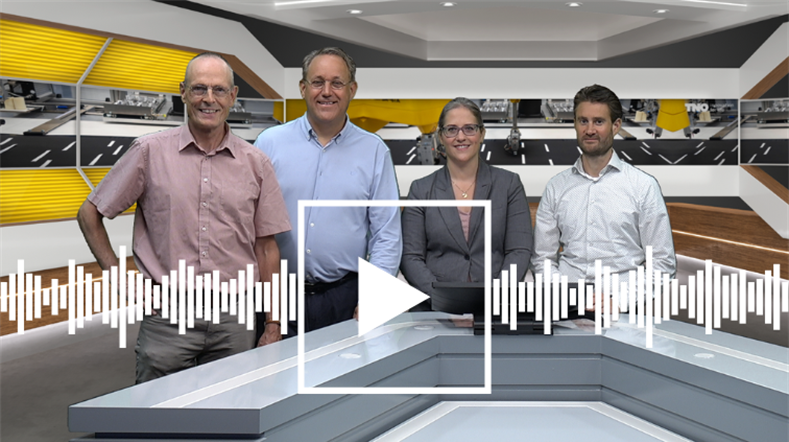
Real-world data confirms potential of vehicle-integrated solar panels
Netherlands Organization for Applied Scientific Research TNO, the Fraunhofer Institute for Solar Energy Systems ISE, and the three on-board solar technology system suppliers for vehicles Lightyear, IM Efficiency, and Sono Motors have measured the potential of solar cars on European roads for nine months. The results of the measurements confirm that solar panels on vehicles can be a valuable, mobile source of renewable energy for the transport sector. However, the findings also highlight significant challenges such as shading and user behavior.
SolarMoves
These and other findings can be found in the report ‘SolarMoves: Real-life irradiance and energy consumption measurements for solar mobility’.
Over 1 million kilometres of data collection
Since March 2024, 18 vehicles, ranging from trucks and buses to delivery vans and passenger cars, equipped with rooftop and side-mounted sensors, have traveled more than 1 million kilometers on European roads.
‘The measurements carried out during drive cycles in the Netherlands and North Germany confirm that side-mounted panels receive approximately 50% less irradiance than rooftop panels, validating earlier modelling assumptions, namely on average 2.8 kWh/m2 per day for the top and 1.3 kWh/m2 per day for the sides,’ said Lenneke Slooff, senior consultant at TNO.
Two case studies are presented in the report, one involving a delivery truck operating in the Benelux, arranged by IM Efficiency, and another comparing city buses in Slovakia which were equipped with sensors by Sono Motors.
Shading: a critical factor in VIPV performance
The study confirms that satellite and meteorological data help to finetune the shading factor that is used in modelling and takes into account shading from buildings, trees, and other vehicles.
‘We recommend refining shading models and incorporating route-location-specific data as well as usage-specific behaviour to improve the accuracy of VIPV performance predictions,’ said Christian Braun, senior engineer at Fraunhofer ISE. This is essential for realistic energy yield assessments and effective system design.
Model validation and energy use
The SolarMoves campaign also validates predictive models developed in the first phase (pdf) of the project, both on irradiance prediction and energy consumption of the vehicles. For the energy validation the Lightyear 0 from Lightyear, a Ford E-transit tested by Sono Motors and a eVolvo truck tested by IM Efficiency have been used as research tools in several case studies.
Initial results on the Lightyear 0 show strong alignment between simulated and measured data, for solar yield and vehicle energy consumption and confirm that VIPV can contribute up to 50% of the annual energy consumption for passenger cars in Southern Europe and 35% in Central Europe. However, further seasonal data - especially from spring and summer - is needed to confirm long-term trends for the three types of vehicles.
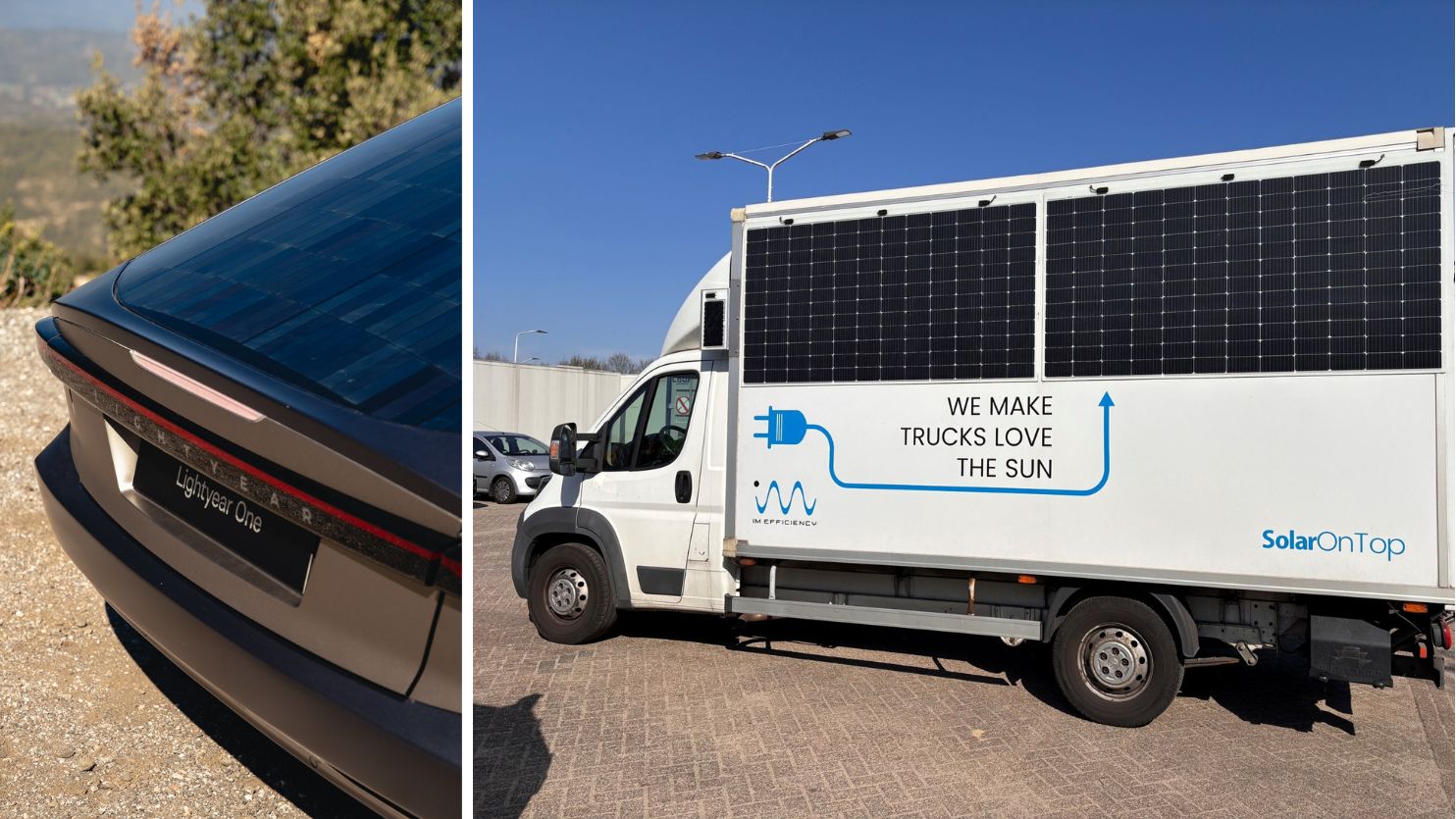
Expanding the dataset
To improve geographic and seasonal coverage, the SolarMoves project will expand its measurement campaign into Southern and Eastern Europe during summer 2025. The final report in 2026 will include updated findings and provide recommendations for optimising VIPV deployment across vehicle types and regions.
About SolarMoves
SolarMoves is a European pilot project from TNO, Fraunhofer ISE, Sono Motors, IM Efficiency and Lightyear, aimed at assessing the technical and practical potential of solar energy in mobility. This project comes at the behest of the European Commission's Directorate-General for Mobility and Transport (DG MOVE) to explore the potential of solar-powered vehicles and its impact on the electrical recharging infrastructure policy and regulations in Europe in the coming years.
Want to know more?
Read here the results of the 2024 modelling campaign.
*Header image: ©Sono Motors
Get inspired
New EcoCertified Solar Parks: solar parks that deliver both energy and nature
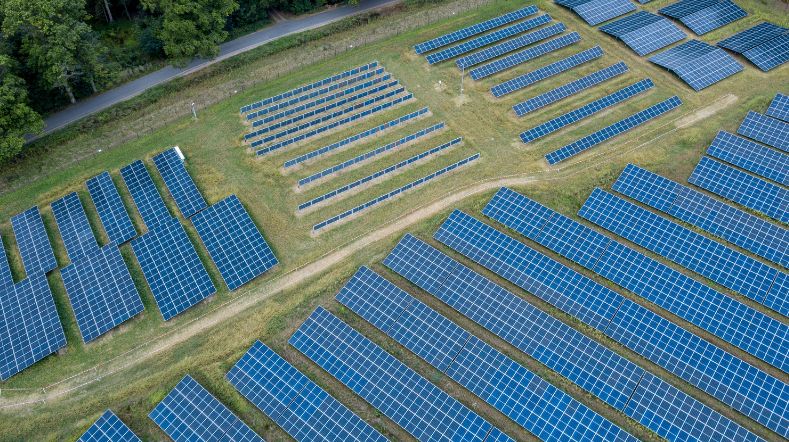

Shade screens with rollable solar foil combines energy generation with climate control in greenhouses
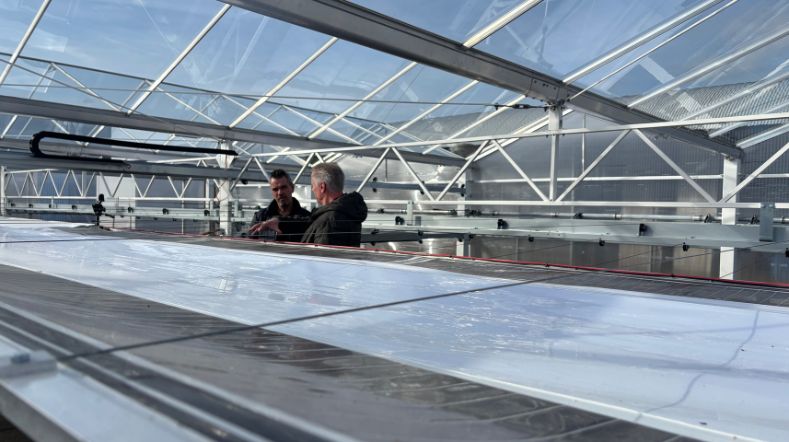

Building fires with solar panels mapped for the first time
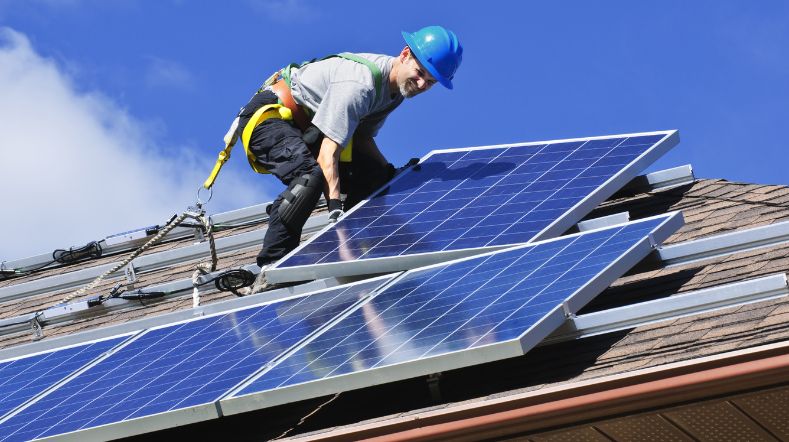

New multifunctional solar window generates energy by reflecting light
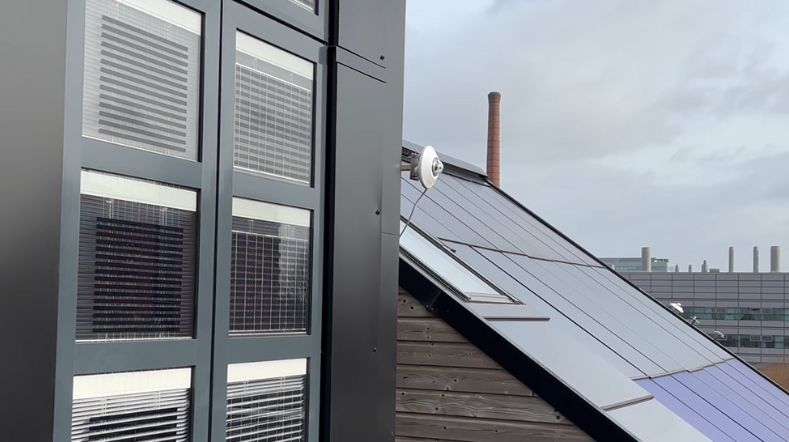

Webinar: Solar energy in Brabant - Building a sustainable future for Europe
